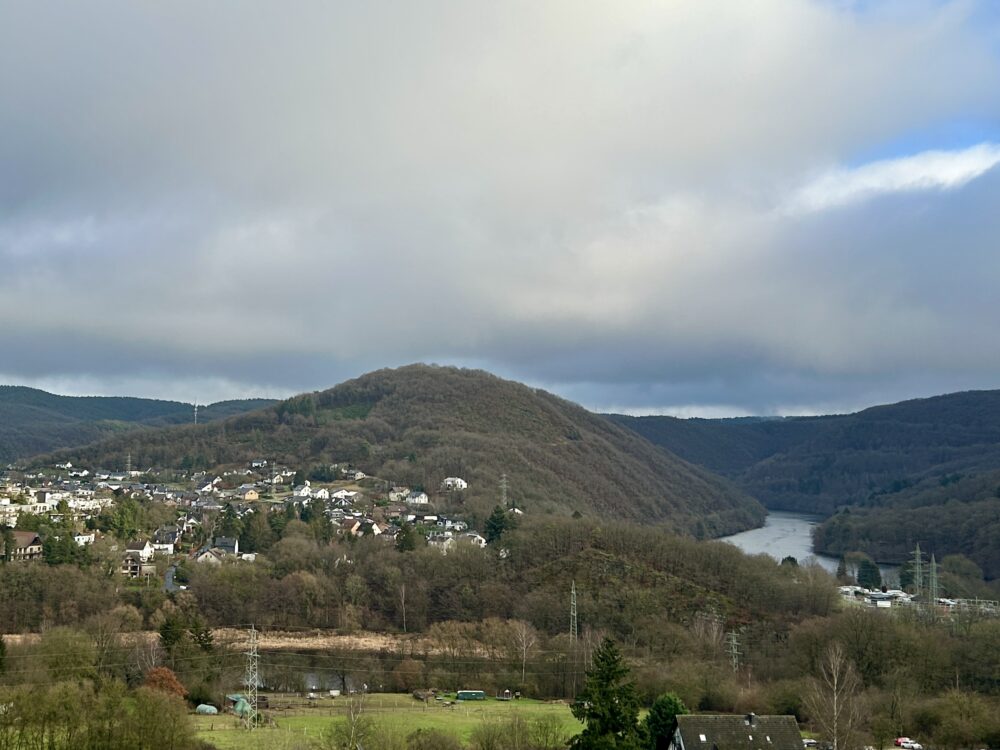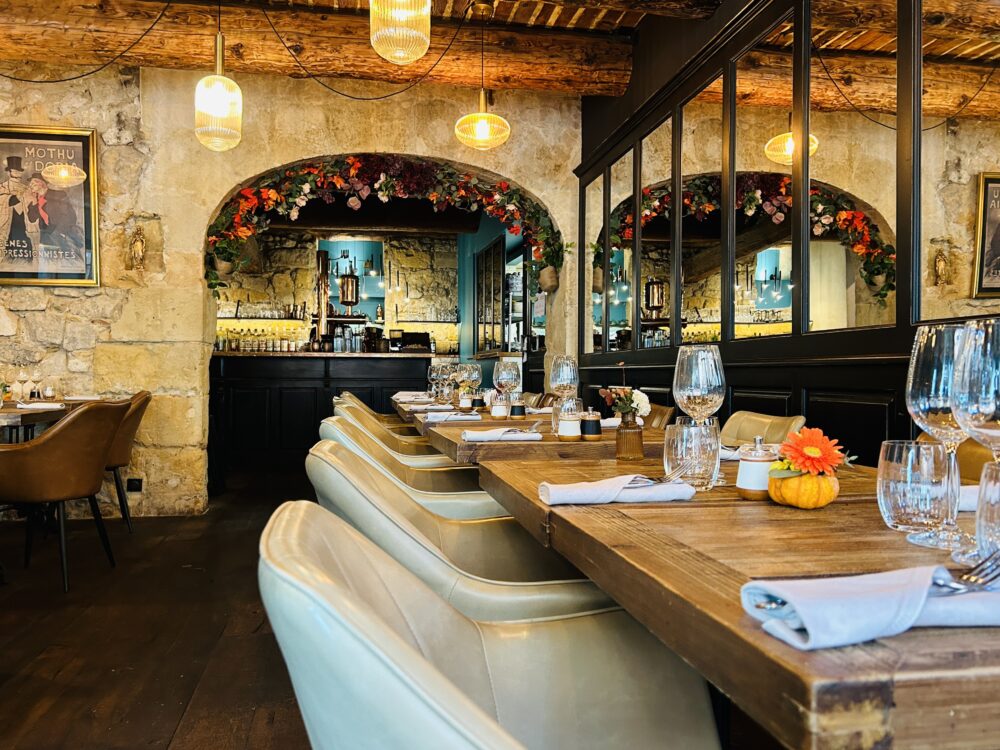In the picturesque city of Dinant, Belgium, the Cathedral Notre-Dame stands as a remarkable example of Gothic architecture. Built on the banks of the Meuse River, this 13th-century edifice replaced a 10th-century Romanesque church that collapsed in 1228, leaving only the north door. The cathedral’s most iconic feature is its separate 16th-century pear-shaped bell tower, which shapes the skyline of Dinant.
The interior of the Cathedral Notre-Dame is a testament to the Gothic Meuse style, characterised by its use of local gray limestone and its impressive rib-vaulted ceilings. The stained glass windows, particularly the work of the Ghent glass artist Gustave Ladon, are among the largest in Europe and depict scenes from the Bible, adding a vibrant splash of colour to the stone interior.
The cathedral’s location is as significant as its architecture. It sits at the bottom of a towering rock, atop which rests the Citadel of Dinant. This fortress, originally fortified in 1051, overlooks the city and offers strategic views of the surrounding area. The juxtaposition of the cathedral’s spiritual tranquility with the citadel’s military history creates a compelling narrative of Dinant’s past.
Today, the Cathedral Notre-Dame of Dinant attracts thousands of tourists who come to admire its architectural beauty and its picturesque setting.
#NotreDameDinant #GothicArchitecture #BelgianHeritage #MeuseRiverViews #DinantCitadel













